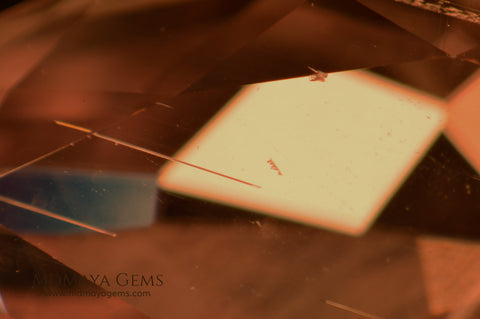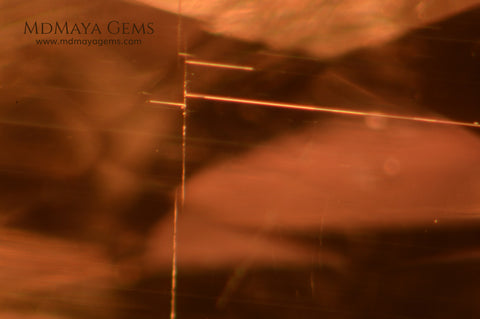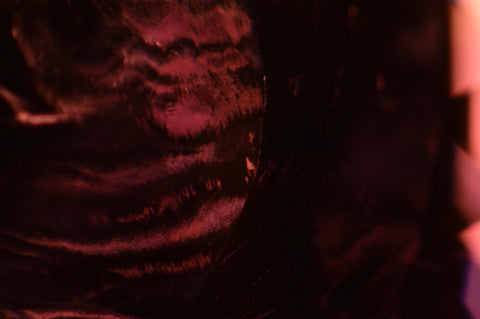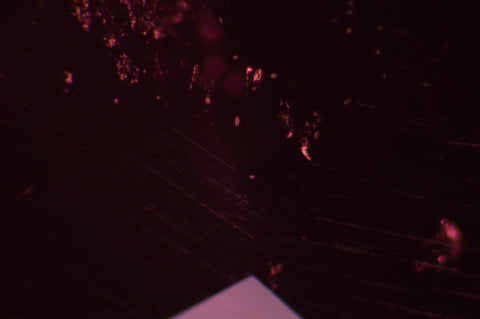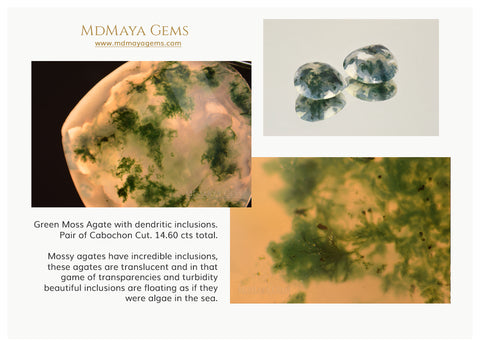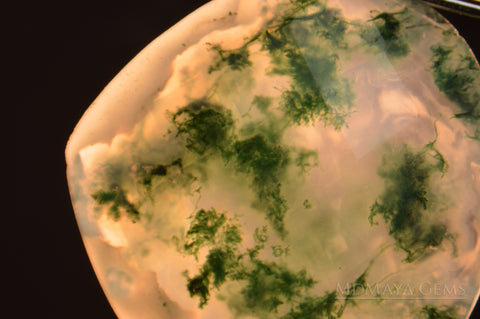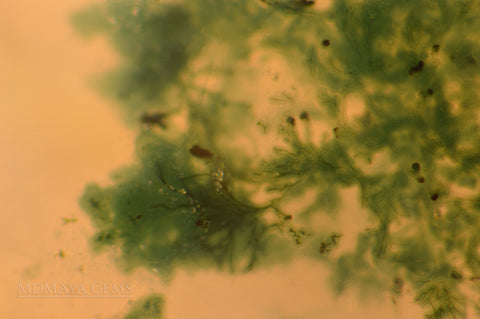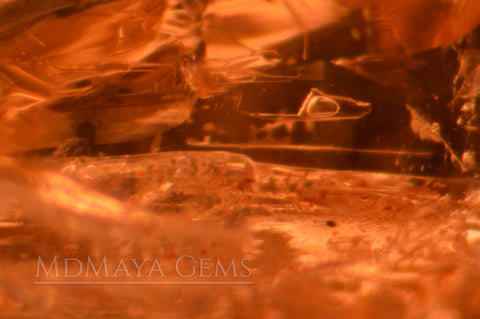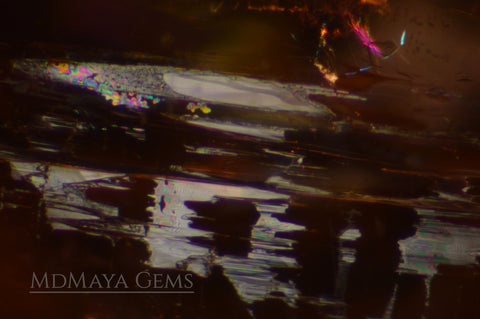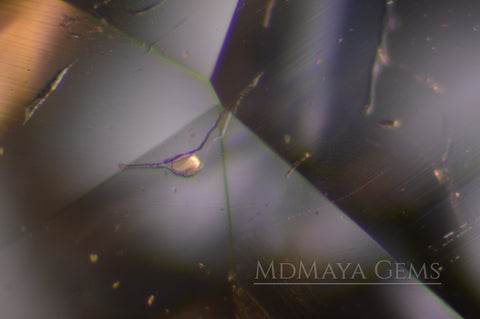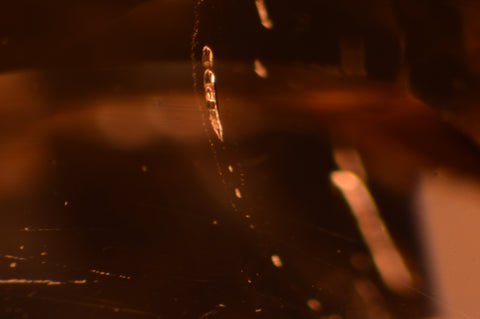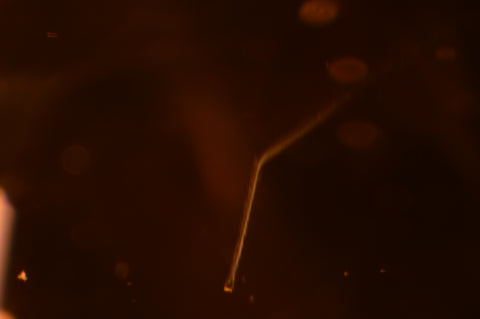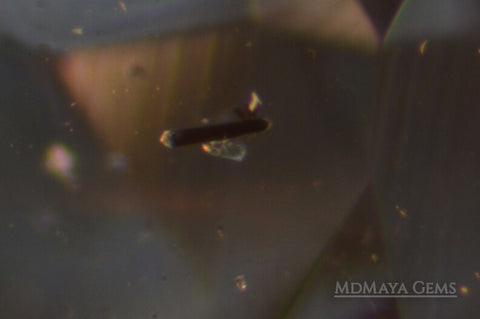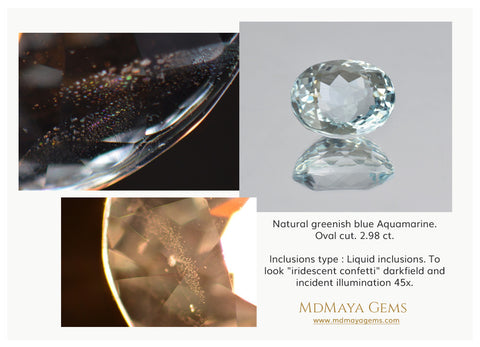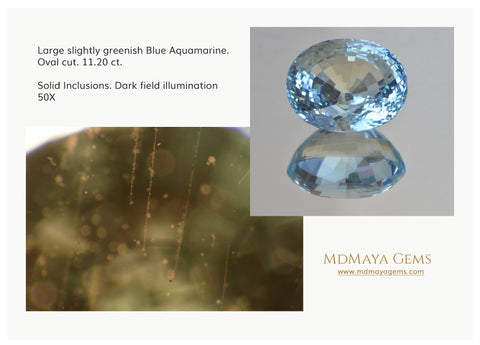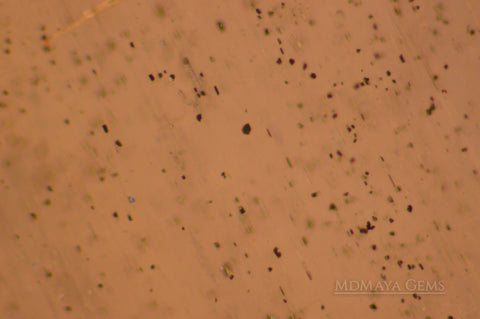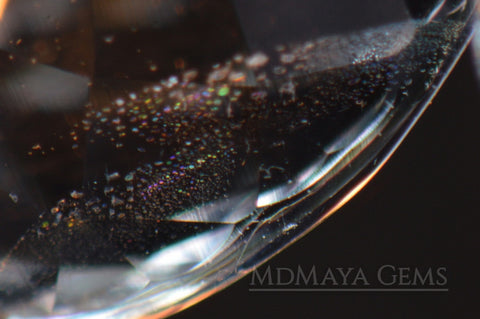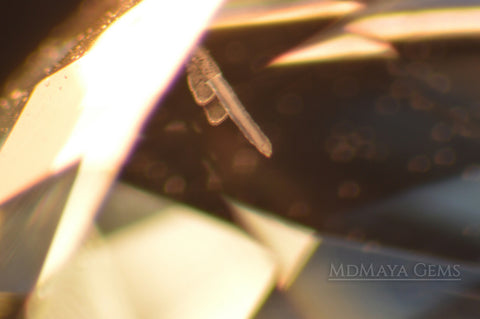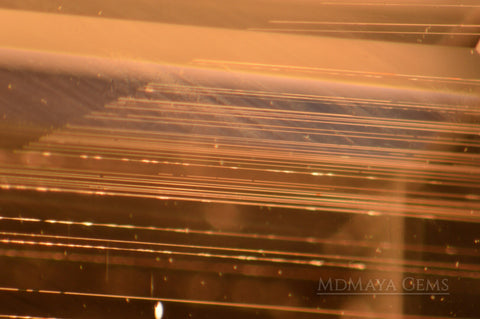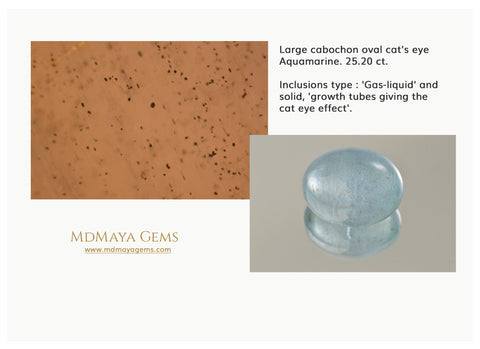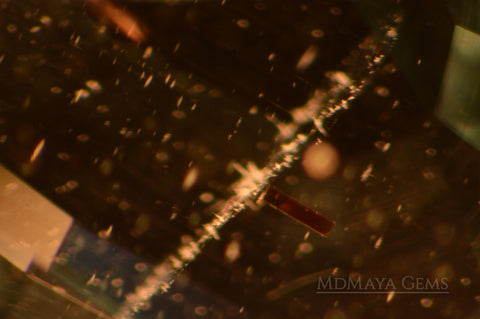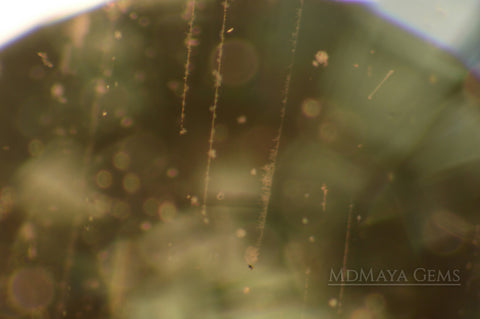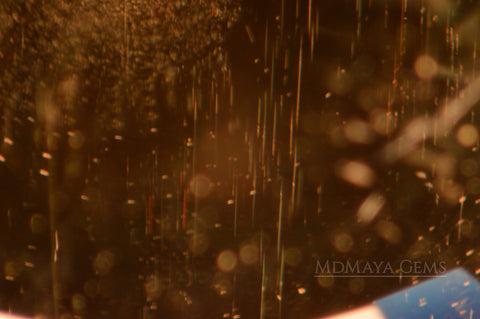Tax included and shipping calculated at checkout
Inclusions in Gemstones
MdMaya Gems accompanies you in your search for unique and natural gemstones and invite to learn about gemstones and discover the beauty of the inclusions. The beauty is inside.
"To those who are able to explore their secrets, precious stones relate a story as interesting as that of the huge pyramids erected by the Pharaohs at Memphis, and it would seem that their sublime internal spheres might best be called, The Fingerprints of God.”
Edward J. Gübelin Inclusions as a Means of Gemstone Identification, 1953
“The usurpers from the factory” Gübelin, 1974
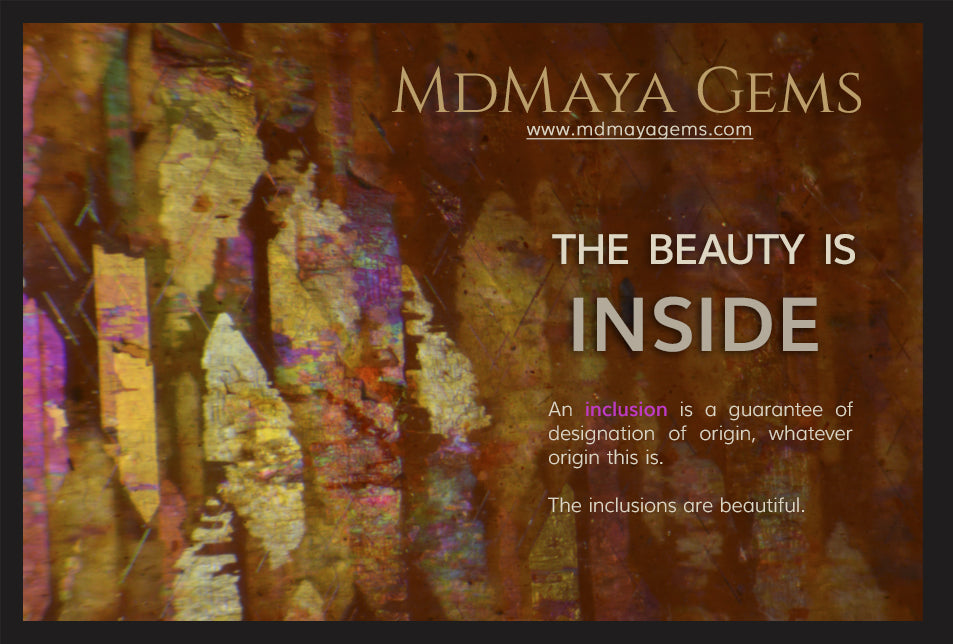
Contents
- Inclusions in Spinels
- Inclusions in Sapphires
- Inclusions in Tourmalines
- Inclusions in Mushroom Tourmalines
- Inclusions in Amethysts
- Inclusions in Citrines
- Inclusions in Moss Agates
- Inclusions in Garnets
- Inclusions in Topaz
- Inclusions in Aquamarine
- Inclusions in Sunstone
- Inclusions in Clinohumite
- Inclusions in Color Change Diaspore
Typical inclusions in Spinel
The main inclusions in Spinel Gemstones are healed fractures, solid inclusiones (apatite crystals are very common), boehmite tubes, fingerprinted (groups of Spinel octahedrons), octahedral negative crystals, fractures filled of iron oxides.

Solid inclusion (probably apatite) in pink spinel
Enchanting Pink Burmese Spinel. Oval Cut, 2.44 ct.


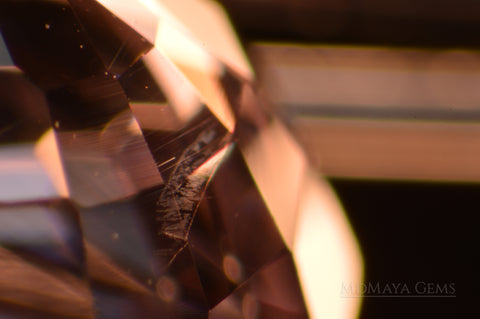
Platinum Lavender Violet Mogok Spinel. 2.50 ct.
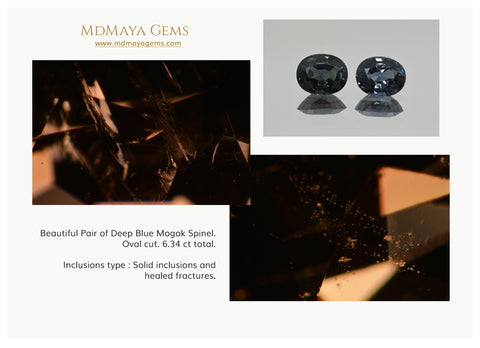 Inclusions in Blue Spinel - Healed fractures - feathers
Inclusions in Blue Spinel - Healed fractures - feathersBeautiful Pair of Deep Blue Mogok Spinel. Oval cut. 6.34 ct total.

Beautiful Pair of Deep Blue Mogok Spinel. Oval cut. 6.34 ct total.
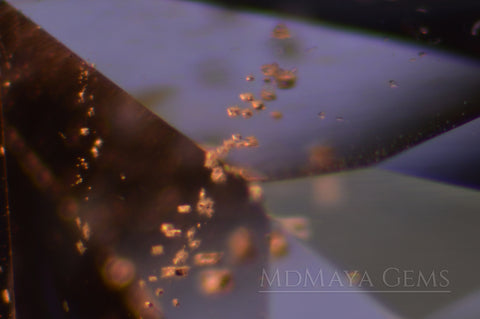
Solid Inclusions in Blue Grey Spinel Gemstone. Rectangle Cut 1.95 ct

Solid Inclusions in Blue Spinel. Rectangle Cut. 1.30 ct.
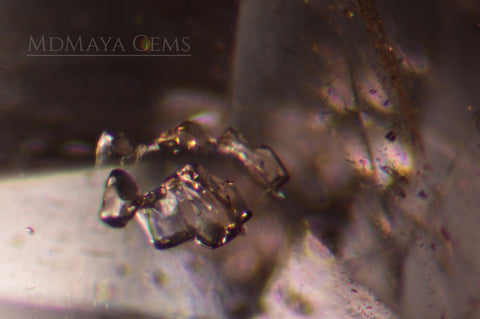
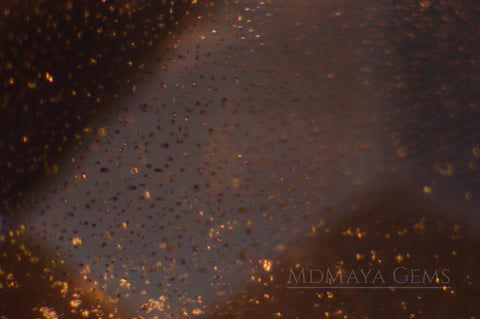
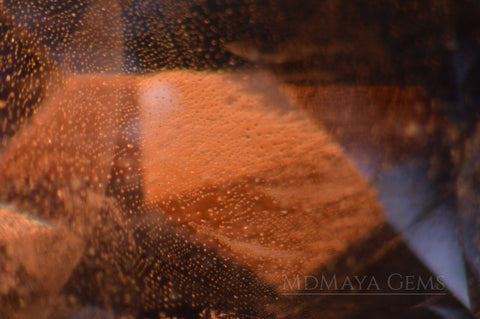
Solid Inclusions in Bluish Grey Spinel 1.78 ct.
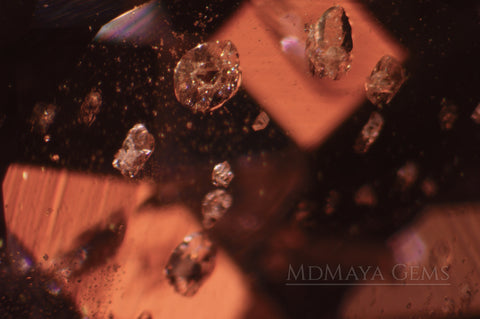
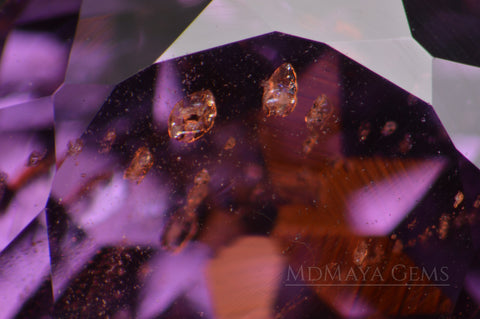
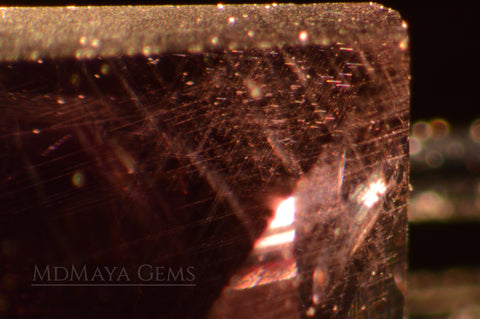
Typical inclusions in Sapphires
Typical rutile silk of untreated corundums and needles of rutile exsolved that shows small crystals at their tips.
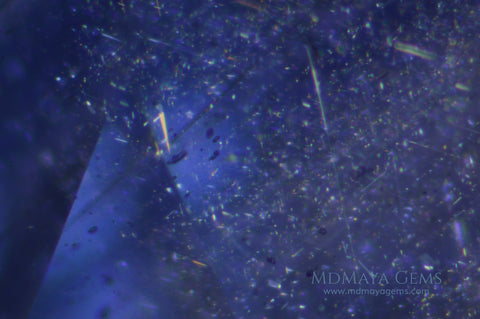
Rutile silk in blue sapphire 5.32 ct

Rutile silk in blue sapphire 5.32 ct
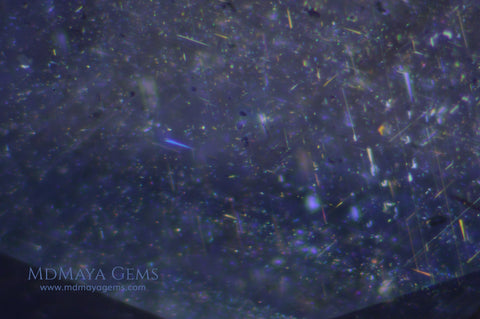
Rutile silk in blue sapphire 5.32 ct
Some beautiful boehmite needles or Rose channels
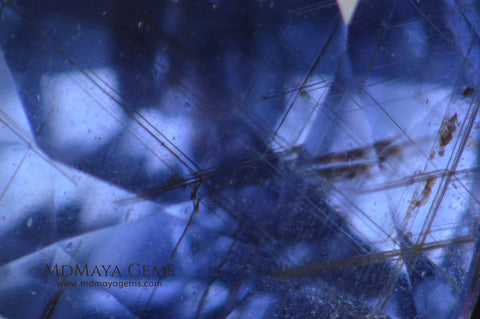
Boehmite needles in untreated blue sapphire 5.32 ct
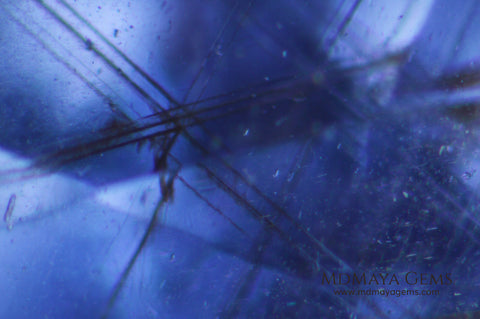
Boehmite needles in untreated blue sapphire 5.32 ct
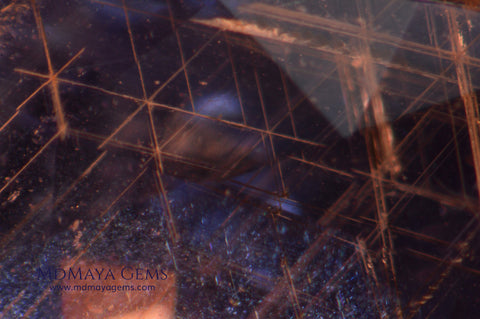
Boehmite needles in untreated blue sapphire 5.32 ct
Typical inclusions in Tourmaline
Interconnected two-phase inclusions typical for tourmaline ("trichite"), film-like liquid inclusions, parallel oriented hollow tubes, needle-like mineral inclusions and fractures.


Inclusions type : Colored growth tubes and two-phases inclusiones in yellow tourmaline
Rare Vivid and Bright Yellow Tourmaline! Cabochon Cut. 3.54 ct.
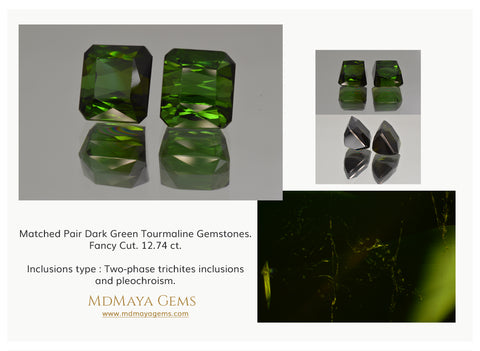
Inclusions in Pair Dark Green Tourmalines. Fancy Cut. 12.74 ct.
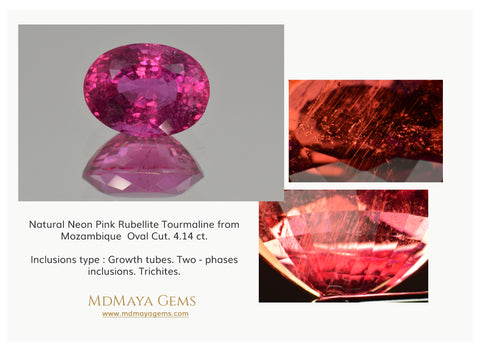
Inclusions in Rubellite Tourmaline Gemstone. Oval Cut. 4.14 ct.

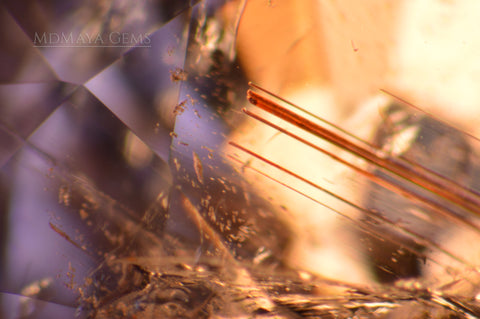
Typical inclusions in Mushroom Tourmaline
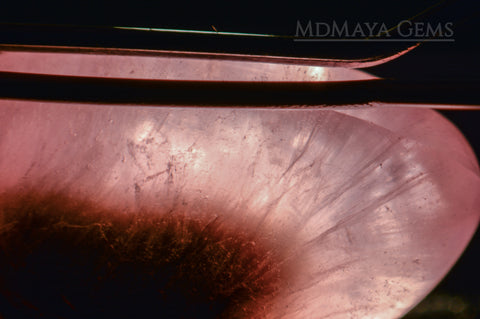
Black and Pink Mushroom Tourmalines 10.87ct pair
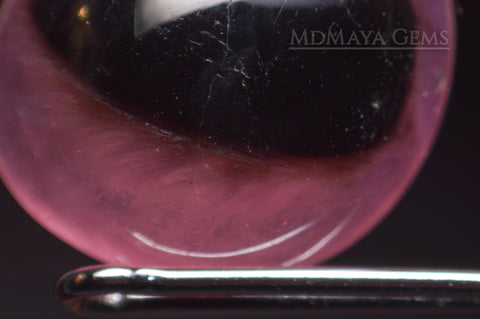
Black and Pink Mushroom Tourmalines 10.87ct pair
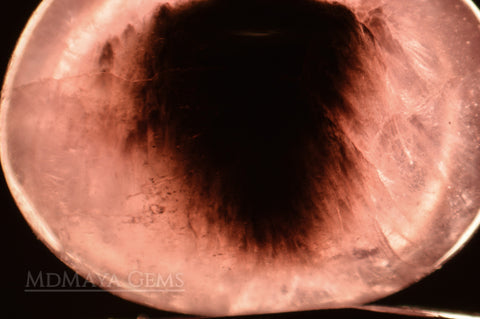
Black and Pink Mushroom Tourmalines 13.59 ct pair
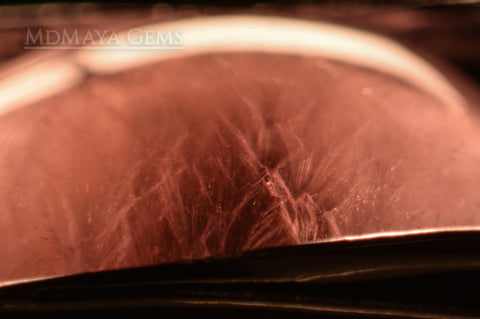
Black and Pink Mushroom Tourmalines 13.59 ct pair
Typical inclusions in Amethyst
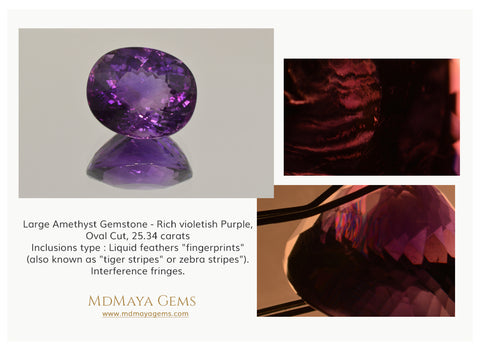
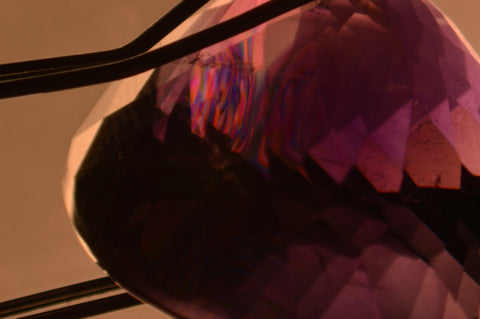
Typical inclusions in Citrines
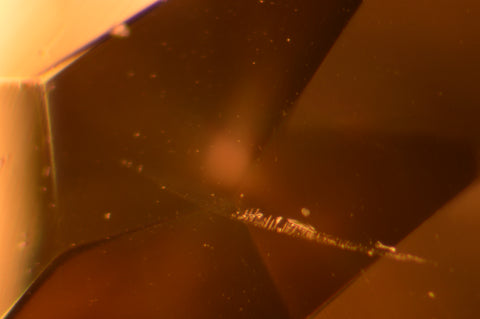
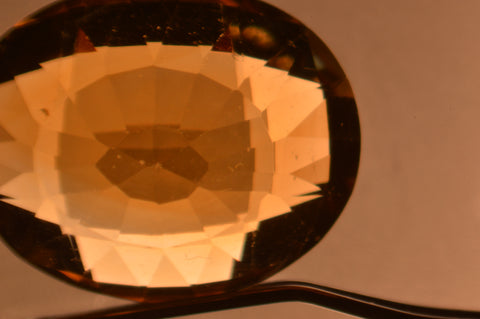
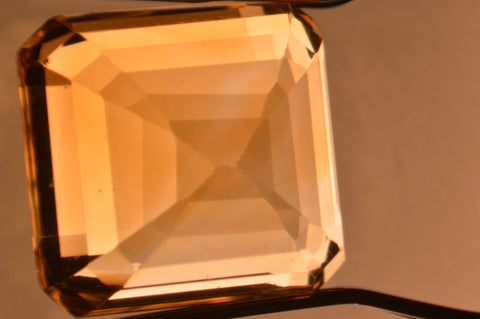
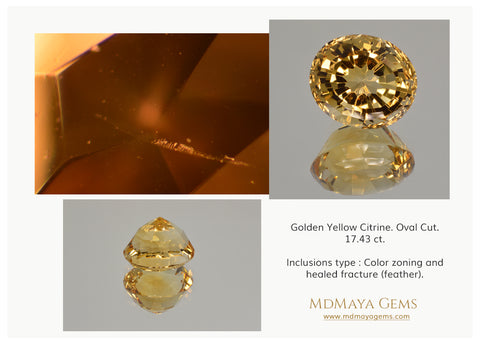
Typical inclusions in Moss Agate
Typical Inclusions in Garnets
Garnet Gemstone is the name for a group of related mineral species. The group of garnets are formed by two isomorphic series (same structure but different composition).
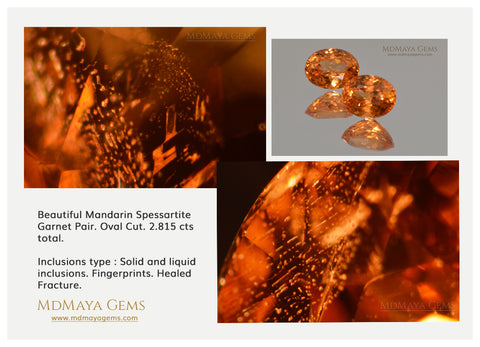
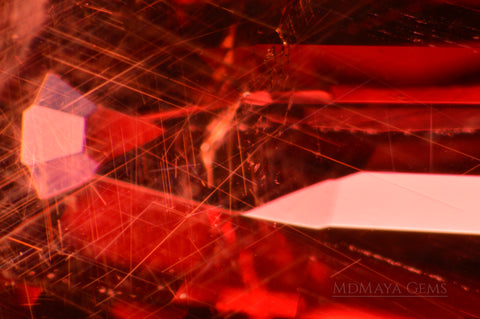
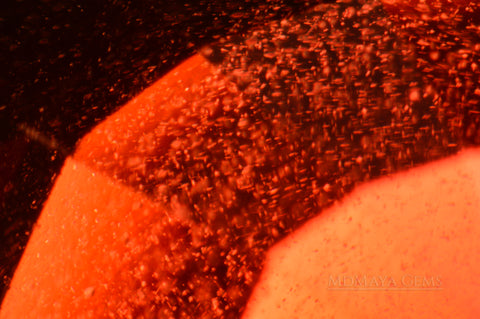
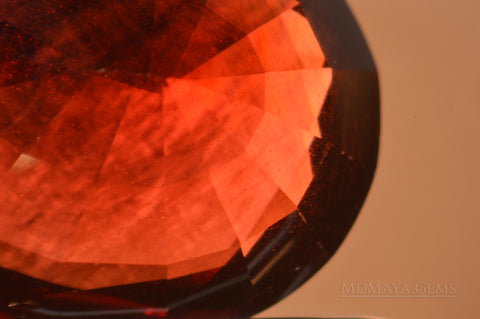
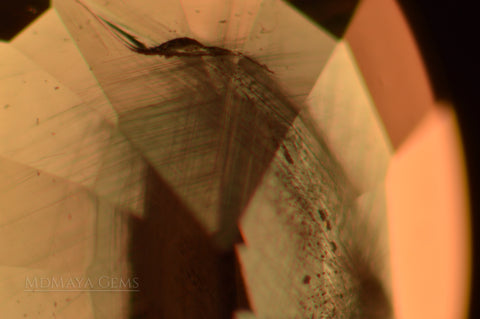
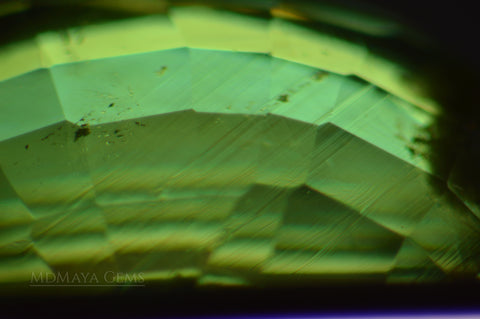
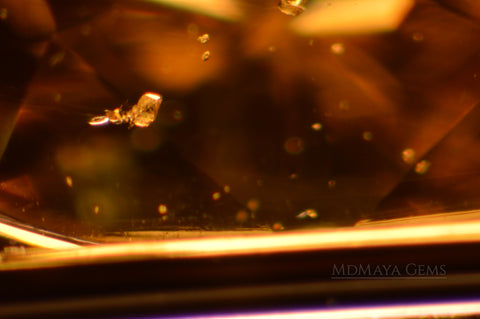
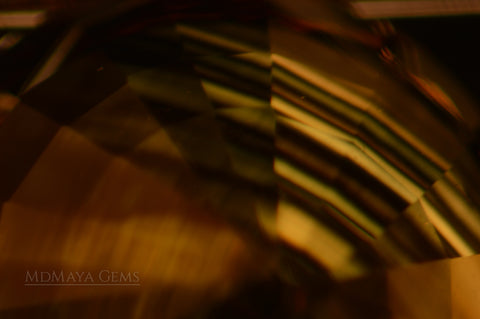
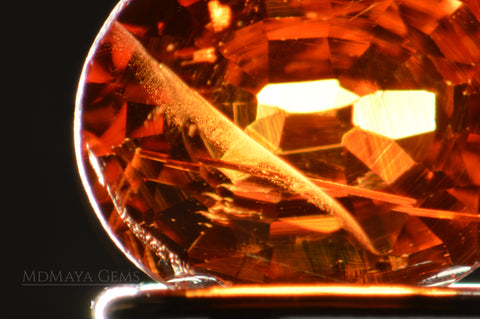
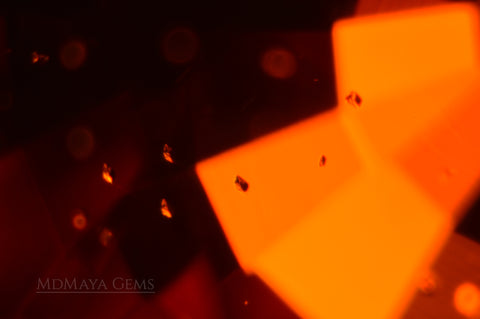

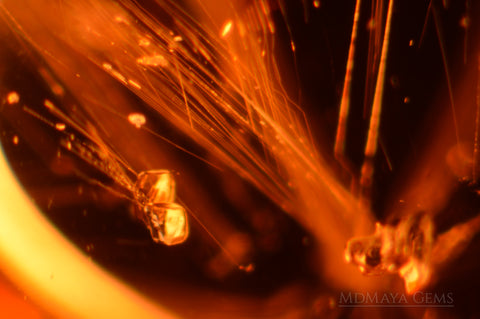
Typical Inclusions in Topaz
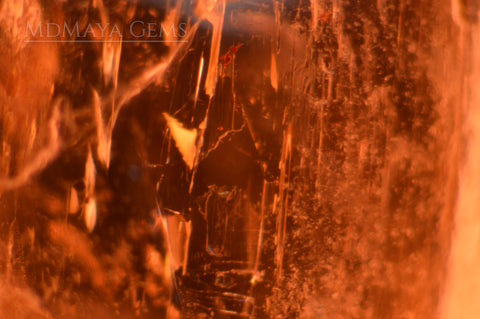
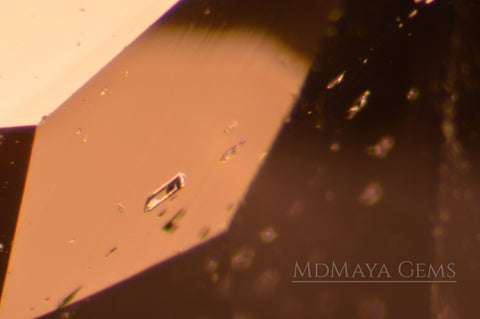
White Topaz 4.26 ct
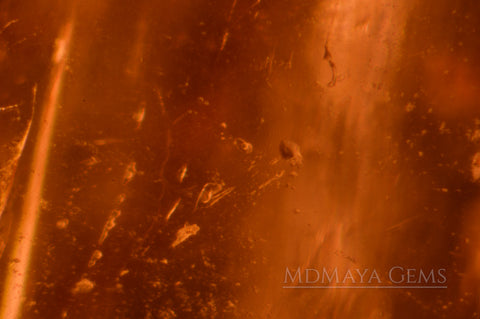
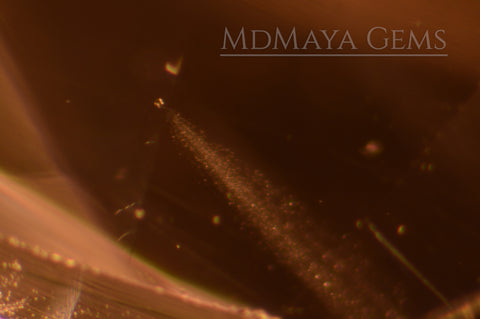
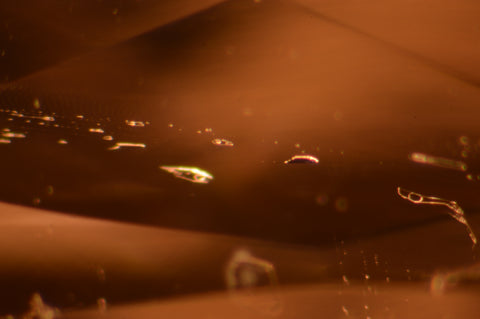

Inclusion type: Solid inclusions in white topaz 19.62 ct

Inclusion type: Solid inclusions in white topaz 19.62 ct

Inclusion type: Solid inclusions in white topaz 19.62 ct

Inclusion type: Solid inclusions in white topaz 19.62 ct

Inclusion type: Biphasic inclusions in white topaz 19.62 ct

Inclusion type: Solid inclusions in white topaz 19.62 ct

Inclusion type: Solid inclusions in white topaz 19.62 ct

Inclusion type: Solid inclusions in white topaz 19.62 ct

Inclusion type: Solid inclusions in white topaz 19.62 ct

Inclusion type: Solid inclusions in topaz from Utah

Inclusion type: Solid inclusions in topaz from Utah
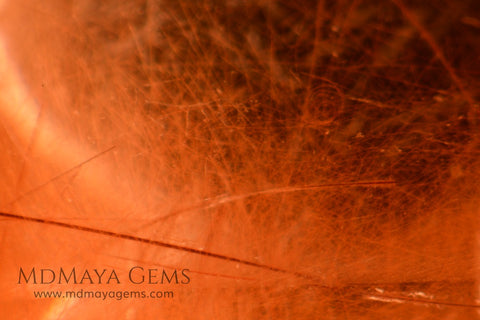
Inclusion type: Solid inclusions in topaz from Utah
Typical Inclusions in Aquamarine
Typical inclusions: The main inclusions are parallel “tubes” or “channels” to axis C, solid inclusions (ilmenite, goethite, apatite, quartz, etc.), multi-phase inclusions, sometimes resembling iridescent “confeti”, healed fractures, feather or fingerprinters.
The characteristics and arrangement of the inclusions are responsible for the ASTERISM and CHATOYANCY in the aquamarine gemstone.
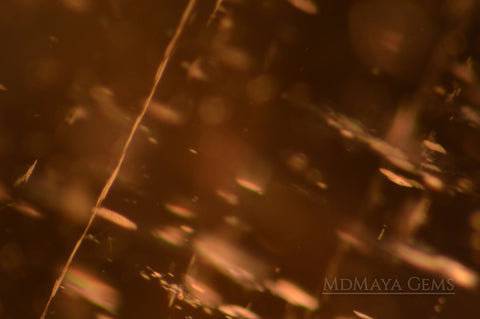
Typical Inclusions in Sunstone
Sunstone gem is a plagioclase feldspar and has a hardness of between 6 - 6.5.
Sunstone occurs in red, orange, yellow , green, colorless color.
Typical Inclusions: it is normal to find thin copper plates , hematite or goethite which are aligned and produce aventurescence (metallic effect produced by the reflection of light). The inclusions of these gemstones are absolutely awesome.
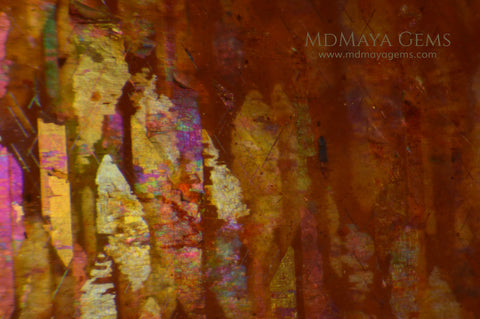
Inclusion type: Aventurescence in Sunstone Cabochon 20.70 ct. (metallic spangled effect caused by the reflection). Solid inclusions of Hematite, copper, or some other mineral.
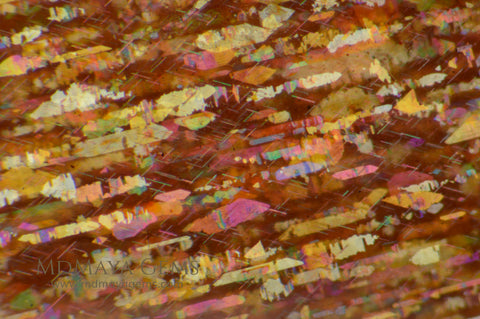
Inclusion Type: The solid inclusions of the Sunstones (copper plates , hematite or goethite) are aligned and produce aventurescence (metallic effect produced by the reflection of light). Sunstone 21.12 ct
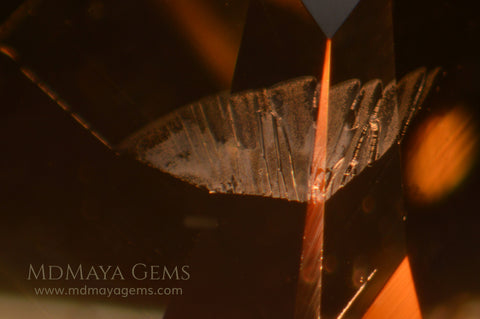
Inclusion Type: Healed Fracture in Oregon Sunstone 4.79 ct.
Typical Inclusions in Clinohumite
Clinohumite is a fairly rare member of the family group of humite, with a hardness of 6 (Mohs' scale), usually opaque o translucent and rarely transparent. This rare orange gemstone occurs rarely in gem quality or larger than 3 ct. Clinohumite faceted quality gem has a high value.
Typical Inclusions: Solid inclusions (cristals), bifasic inclusions, growth lines of different orange, healed fractures, etc.
More information about Clinohumite Gemstone
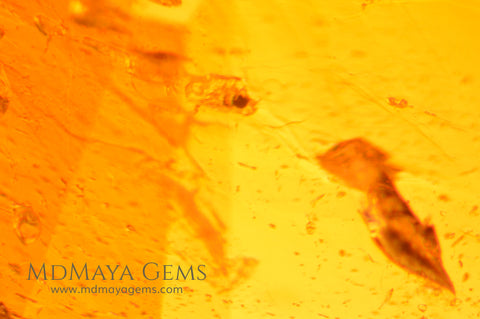
Inclusion type: Solid inclusions in Rare Gemstone Clinohumite Round Cut 1.83 ct

Inclusion type: Solid inclusions in Rare Gemstone Clinohumite Pair 2.61 ct
Typical Inclusions in Color Change Diaspore
Diaspore is an aluminum oxide hydroxide. Color change diaspore is extremely rare. This gems changes its color under different lighting conditions.
You can see its beautiful green, yellows, golden colors under natural light who go to pink, brown, orange, red under candlelight. The color combinations is unlimited. The best quality comes from Turkey. Gemstones over 10 ct are very rare. Inclusions are very commom. Hardness of 6 - 7 (Mohs' scale).
Typical Inclusions: Solid inclusions (cristals), acicular, cluster inclusions, granular, healed fractures, etc.








